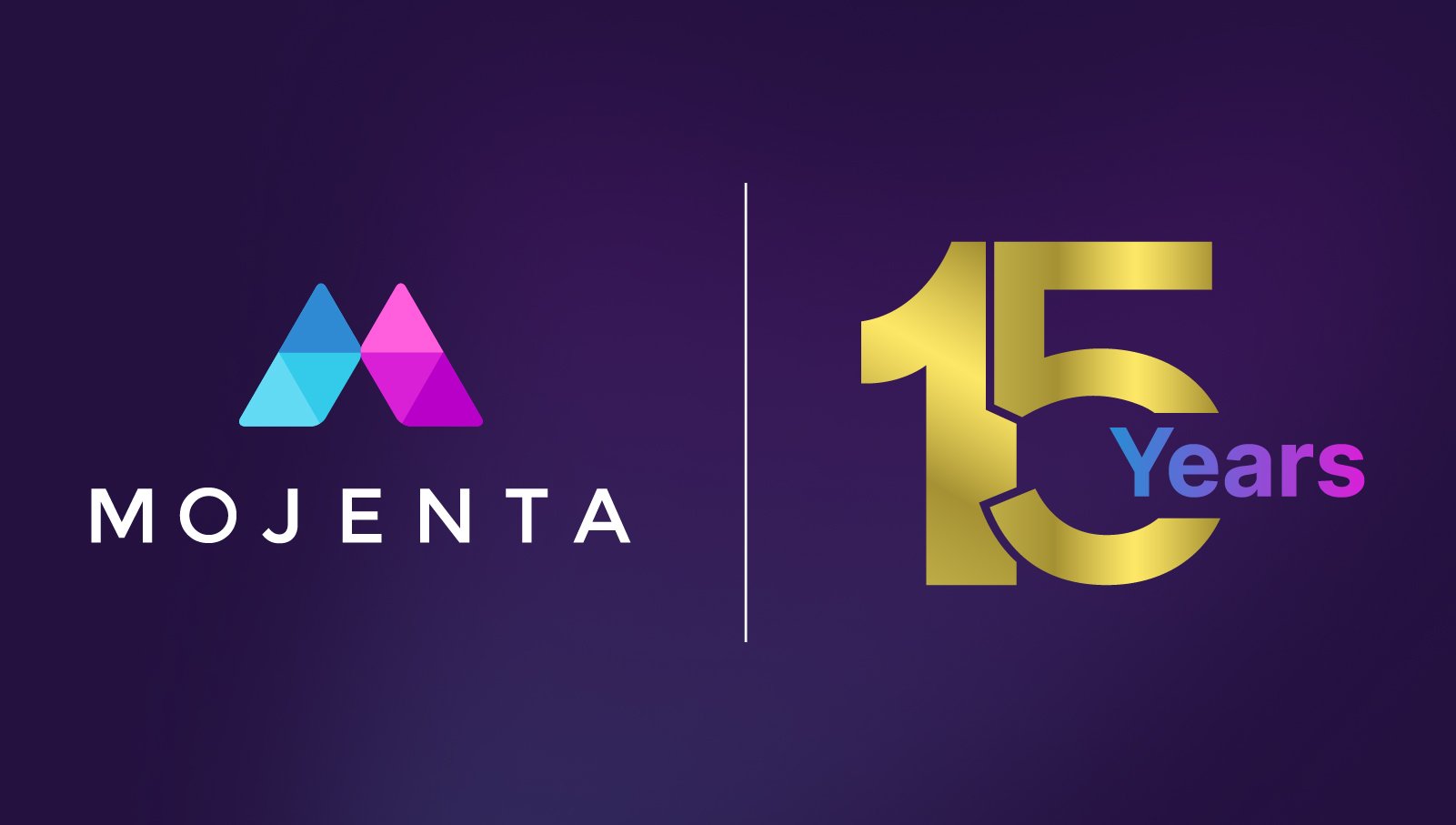Have you ever wondered why some marketing efforts feel like a genuine conversation while others are more like an interruption? It all comes down to two marketing philosophies: inbound and outbound. These strategies represent distinct approaches to connecting with potential customers, and understanding them can transform your results.
Both inbound and outbound methods are important in a comprehensive marketing strategy, but they work in fundamentally different ways when it comes to attracting and engaging potential clients. In this blog, we’ll break down how each approach works, where they excel, and how modern B2B businesses can use both to drive growth.
What Is Inbound Marketing?
Inbound marketing aims to attract, engage, and convert prospects through content and experiences tailored to their specific stage in the buying journey. Unlike traditional advertising or cold calls, inbound marketing operates on permission – earning your audience’s attention by being genuinely helpful.
Rather than broadcasting your message to the masses, you create content for your ideal buyers. This could include:
- SEO-optimized blog posts that answer industry-specific questions
- Lead magnets like ebooks, guides, or checklists gated behind a form
- Email nurture sequences that provide ongoing value
- Personalized landing pages tied to specific use cases
- Webinars or video content that demonstrates expertise

As your content marketing library grows, so does your discoverability, authority, and lead gen engine. But while inbound is a long game, the payoff compounds over time. In fact, inbound marketing generates 54% more leads than traditional outbound methods,1 which could be why modern marketers are rethinking their approach to customer acquisition and engagement.
When comparing inbound vs outbound marketing, inbound gives companies the opportunity to build trust at scale and grow their presence without relying on continuous advertising spend or cold outreach.
What Is Outbound Marketing?
Outbound marketing is a more direct approach. Instead of waiting for prospects to find you, you reach out to them first. This strategy focuses on getting your brand in front of your target audience, whether they’ve asked for it or not.
Typical outbound marketing tactics include:
- Cold email outreach
- Telemarketing and cold calls
- Direct mail campaigns
- Digital ads like search, display, and social
- Traditional advertising on TV, radio, or print
- Trade show sponsorships
Outbound is sometimes called interruption-based marketing because it typically reaches buyers who haven’t requested the information. While it can drive faster results when used strategically, a 2025 report found that the average success rate for outbound methods like cold-calling is now only 2.3%, which is almost half of what it was in 2024.2
What’s the Difference Between Inbound and Outbound Marketing?
Let’s break down the biggest differences between inbound vs outbound marketing:

Our takeaway: both inbound and outbound marketing have their place. Instead of choosing one over the other, the best approach is often to blend both based on your goals, audience, and campaign timeline.
Inbound vs Outbound Marketing: Use Cases and Strengths
Each strategy can deliver results, but depending on your goals and resources, one might be a better fit for a specific campaign or stage in your funnel. Here’s a quick guide to help you out:
When to Use Inbound Marketing
Inbound is ideal when:
- You want to build authority and brand visibility online
- Your target audience actively searches for your solution
- Your team can invest in content creation and SEO
- You’re looking for cost-effective, long-term lead generation
- You want to educate buyers and build trust at scale
Inbound shines in B2B SaaS and IT services, where buyers need to evaluate complex solutions and conduct a lot of research before making a decision.
When to Use Outbound Marketing
Outbound makes sense when:
- You’re launching a new product and need immediate visibility
- You have a well-defined ICP, but need to scale outreach
- You want to accelerate lead generation or fill a sales gap
- You have the budget to support paid campaigns
- You’re targeting high-value enterprise accounts (ABM)
Outbound can be a great complement to inbound, especially for account-based marketing or pipeline acceleration campaigns.

Finding a Balance Between Inbound Marketing and Outbound Marketing
Savvy B2B marketers understand the power of combining inbound and outbound marketing. Your strategy doesn’t need to be either/or – it should be built around your audience, resources, and goals.
A good rule of thumb is to let inbound marketing lay the foundation for your long-term brand growth and lead generation while using outbound marketing to create momentum, accelerate pipeline, and reach specific accounts. Together, these tactics create a marketing flywheel that attracts, converts, and delights at every stage of the buyer journey.
Outbound vs Inbound Marketing in Practice: A Quick Scenario
Imagine you’re a managed service provider (MSP) trying to attract new clients in the healthcare industry.
With inbound marketing, you might:
- Write a blog post on “Top Cybersecurity Challenges for Healthcare MSPs”
- Create a downloadable HIPAA compliance checklist
- Capture leads via a form and nurture them through an email sequence
- Promote your content on LinkedIn, Facebook, and X
With outbound marketing, you could:
- Purchase a list of healthcare administrators
- Send a cold email sequence introducing your services
- Follow up with a call to schedule a discovery session
- Retarget website visitors with paid LinkedIn ads
Together, these strategies help you stay in front of potential buyers through multiple touchpoints, all while offering educational value and direct calls to action.
Boost Your Inbound and Outbound Marketing Strategies With Mojenta
B2B buyers are more self-directed than ever – many are 57–70% through their decision-making process before speaking with a sales rep.3 They research independently, read peer reviews, and expect self-service options from the brands they engage with. Inbound marketing helps you stay top-of-mind during this important phase with helpful, relevant content that establishes credibility.

That said, outbound marketing isn’t going away. Modern tools make it easier to build targeted lists, personalize outreach, and reach the right people at the right time. When used together, inbound and outbound create a more complete strategy that supports both short-term wins and long-term growth.
At Mojenta, we help B2B tech companies build marketing strategies that combine inbound and outbound for maximum results. Our approach doesn’t just drive more leads – it drives the right ones. From content and SEO to email outreach and paid campaigns, our experts are here to help you engage, nurture, and close the accounts that move your business forward.
Explore our inbound services, or get in touch today to see how we can help you create a strategy that gets you in front of the right buyers.
Sources:




